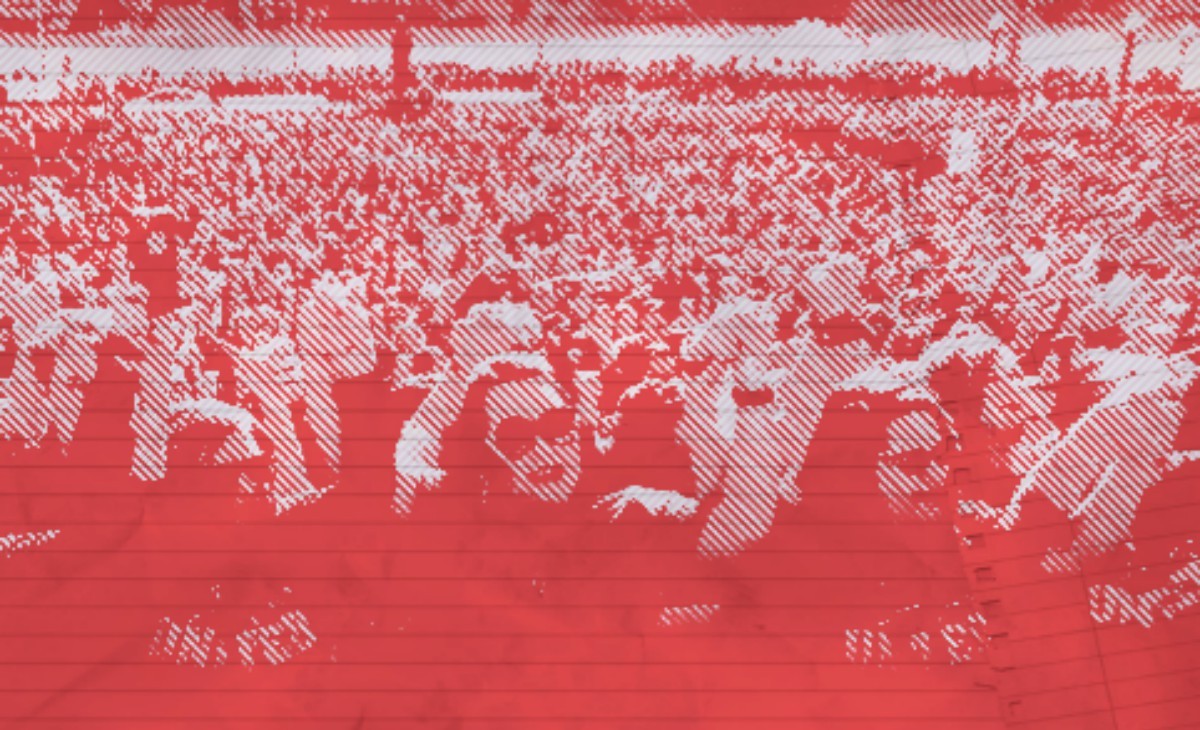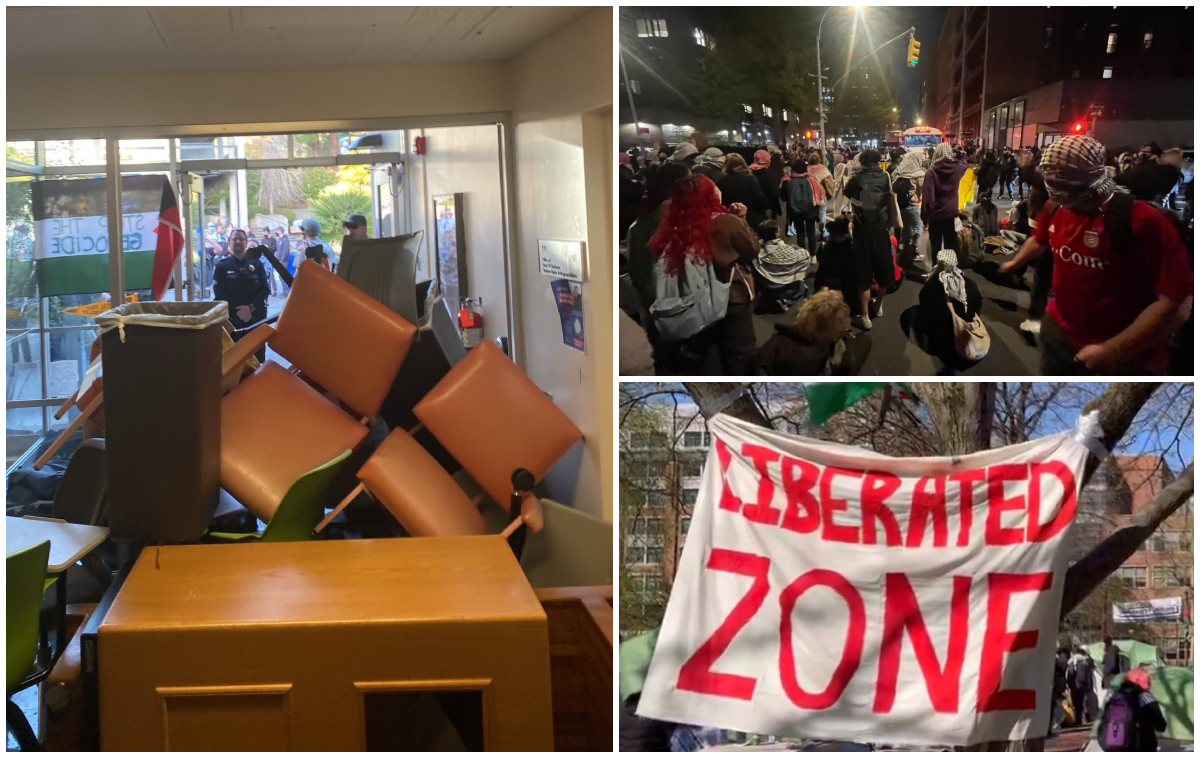Filed under: Action, Analysis, Education, Featured, Labor, Southeast

What follows is both an update and an analysis of the teachers’ strike in West Virginia and its implications.
A number of positives have emerged from the West Virginia teachers’ strike, now in its 7th day. The first: public school workers have forged their greatest unity to date in the course of this struggle. Unlike the 1990 strike, when only 47 of West Virginia’s 55 counties were struck by the teachers, this time it is the whole state. In addition, school service workers including bus drivers and cafeteria workers are a solid constituency in this strike. There is also the lack of a generational divide among the strikers. Both new teachers and those with decades of seniority share the same demands and the same commitment to the struggle.
“What we are seeing in West Virginia is similar to what we saw in Wisconsin in 2011. In both episodes, education workers were at the forefront of the struggle, but a kind of social precipice emerged in which the struggle had to take a leap to escalate.”
The second: despite a lack of trade union rights, a minority of West Virginia’s public sector workers had sustained a skeleton labor organization throughout the state on a strictly voluntary basis that has now been nourished by the demands and concerted action of the strikers. A dynamic flow of energy and resources is an established fact between the organizations directly involved (West Virginia Education Association, American Federation of Teachers-West Virginia and the West Virginia School Service Personnel Association), their members, and the non-member public school workers on the picket line.
The third: the political implication of the struggle is readily apparent. The workers have mandated their union representatives to negotiate with the Governor and state legislature in Charleston on the parliamentary terrain (since the stated terms of victory, a PEIA-fix and wage increases, must take the form of a legislative bill) at the same time that they are pursuing this parliamentary objective through extra-parliamentary means: an illegal strike. Many West Virginia Democratic Party politicians have been compelled to support the public workers’ fight, while West Virginia’s Green Party affiliate, the Mountain Party, has taken such support further by passing a resolution just before the strike began for the right to strike, full trade unions rights and collective bargaining for public employees and a severance tax on all natural resources harvested in the state by the energy corporations to fund PEIA. The public school workers have entirely changed the prevailing political narrative in West Virginia that developed out of the wave of reaction that swept the state (and much of the country) in 2016.
Lessons of #WestVirginiaTeachers strike are clear: people that manage + control society, from bosses to bureaucrats, shouldn't be trusted with running our lives. And, when we organize + build our own world – one that is based around our needs, it's actually pretty fucking sweet. pic.twitter.com/sixcVBvXwX
— It's Going Down (@IGD_News) March 3, 2018
There is much promise in this struggle, as it marks one of the largest strikes in years and has manifested so many positive dimensions. Inter-generational solidarity, the unification of demands across workplaces and trades, tangible solidarity, class struggle experience and politicization; what we see, however, is not all there is.
When this strike ends, there will be an urgent need to learn from it which will require all of us on the side of the working-class to evaluate our politics and understanding in view of what is happening in the class. This is true after every significant episode in the class struggle for everyone who fights for a world without exploitation, war, classes and states, but right now there’s no need to wait. The strike is still ongoing and strong as of this writing, but there is much that we can learn and do.
The Significance of the First Settlement
On the evening of Tuesday, February 27th, the Governor and union leadership announced the first result of the negotiations happening in Charleston as part of the strike action. The deal would include a 5% wage increase for public school workers, a 3% wage increase for state employees and a task force comprising of both worker and government representatives to fix PEIA. In return, the workers would go back to work on Thursday, March 1 and the state’s public schools would resume normal operations.
The deal was made public before it had been sent down to the local level in the counties to review and ratify or reject. This decision was roundly condemned by the workers (and the trade unions have given a mea culpa on that point; keep in mind, it’s their first time, too). It was noted by some observers that this tactical mistake resulted in significant confusion and a breakdown in communication Tuesday night.
However, as the settlement was sent down the line, county after county rejected the deal, and by the end of the night it appears that the workers had recovered from this stumble by the time that the news came in that they remained “55Strong” in universally rejecting the offer. West Virginia public schools remained closed the rest of the week, including today, Friday, March 2nd.
Mainstream and center-left media such as HuffingtonPost, PayDayReport, an Jacobin have portrayed these events as a number of things: that the rank and file had turned on their labor organizations (they hadn’t), that this was now a wildcat strike (it isn’t), or that the unions had sold out their members and non-members on strike (they didn’t).
In plain language, what occurred was that the workers’ representatives and the politicians, in the course of negotiations over the workers’ demands, had drafted a settlement. The workers on strike rejected this first settlement because it did not adequately address their primary demand: a permanent fix to PEIA.
However, the settlement should be cause for celebration. It represents a big crack in the story of the state government and its allies: they have maintained that West Virginia cannot afford wage increases above the original annual pay increase scheme unveiled prior to the strike (2% in the first year and 1% in each of the next 2 years).
“In West Virginia, we have a strong illegal strike by public workers; but there is a chance that a single non-school public workplace walking out on strike to join the teachers and school service workers on the picket lines over the exact same demands for higher wages and a PEIA fix could significantly develop the dynamic at work in the struggle.”
Instead, we see that they can be compelled to “find” the money when pressure is applied. It should be remembered that these aren’t just any politicians, either. These are career union-wreckers; the men and women who brought a host of anti-worker bills to law in West Virginia since 2016. Of course, the House of Delegates passed the settlement bill immediately while the WV Senate refused to do so. This is a crucial point, in this struggle, right now. The public school workers have created a breach in the workings of this well-oiled anti-labor political machine, exposed the narrative of West Virginia’s inability to pay as a lie and, as a result of the reactionaries digging in their heels in the state Senate, have been given some breathing room to digest what has happened. If the state legislature had rammed the bill through and the Governor had applied his signature, it would be harder to maintain the unity, solidarity and raison d’etre for continuing the strike.
Rather than a wildcat, this has been and remains an illegal strike with the full support and participation of the 3 trade unions involved. It can’t be stated often enough that there is no traditional collective bargaining relationship here. There are no union contracts or no-strike clauses to defy. That is also why it is so difficult to extend the strike to other public sector workers in the state. Even though the public school workers are essentially fighting on behalf of all West Virginia public employees right now, as any material gain won in the struggle will be extended to all other West Virginia public employees (be it a wage increase and/or a PEIA fix), the relative lack of organization among other sections of the public workers here is a seemingly insurmountable obstacle.
Rich ass coal boss and Governor Jim Justice called strikers, "Rednecks." In response, people have now begun wearing red bandanas, in reference to the labor insurrection in 1921, 'The Battle of Blair Mountain." People are still finding bullets in the mountains. #55strong #55united
— It's Going Down (@IGD_News) March 3, 2018
The West Virginia Public Workers Union-United Electrical, Radio and Machine Workers Local 170 is the largest non-teaching public workers’ union in the state. They are supportive of the public school workers, but there is little indication that any of its members’ workplaces (most of whom work in state hospitals and the Division of Highways) will join the strike.
What we are seeing in West Virginia is similar to what we saw in Wisconsin in 2011. In both episodes, education workers were at the forefront of the struggle, but a kind of social precipice emerged in which the struggle had to take a leap to escalate. In Wisconsin, a single public workplace going out on an illegal strike had a chance of significantly altering the dynamic of the movement against Governor Walker and the so-called ‘Budget Repair’ bill. In West Virginia, we have a strong illegal strike by public workers; but there is a chance that a single non-school public workplace walking out on strike to join the teachers and school service workers on the picket lines over the exact same demands for higher wages and a PEIA fix could significantly develop the dynamic at work in the struggle. Though, there are rumors that this may occur.
Only independent class political organization can be the intermediary for that kind of leap. Doing the necessary, daily work to build labor organizations in difficult conditions, to develop an alternative to the Democratic Party (and Green Party) who are adept at recuperating workers’ struggles, to make the connections between immediate needs and the need to end capitalism has its purpose in moments when the class struggle itself creates the conditions for an escalating fight against capitalism and capitalist society.
We are in one of those moments.
–a former West Virginia public employee





